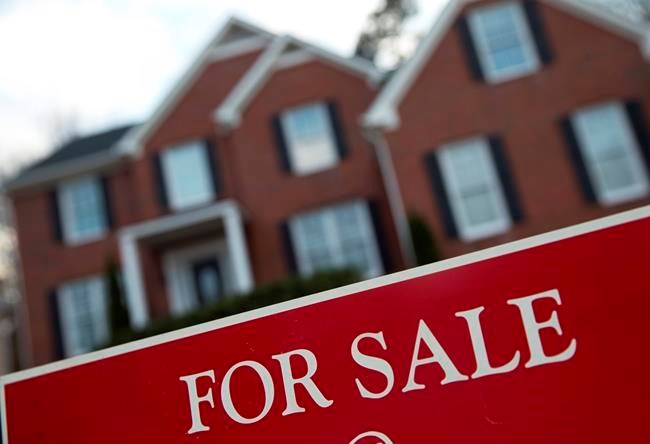Home sales and the supply of homes in Moose Jaw declined in September, continuing a months-long trend that has also been reflected in other cities across the province.
There were 51 homes sold in The Friendly City last month, a decline from 54 units — or six per cent — in September 2021, data from the Saskatchewan Realtors Association (SRA) shows.
There were 79 new listings in September, an increase from 78 units — or one per cent — last September. Meanwhile, inventory levels slipped to 180 units, a decline from 200 units — or 11 per cent — last year.
There were 3.53 months of supply of homes last month, a decline from 5.64 months of supply — a six-per-cent drop — in September 2021, the report said. Meanwhile, homes stayed on the market for 51 days.
The average home price in Moose Jaw last month was $224,829, which was a drop of eight per cent year-over-year. Meanwhile, the benchmark price was $242,900, an increase of one per cent year-over-year.
“Benchmark price reflects the price of a typical or average home for a specific location. Average and median prices are easily swayed by what sold in that time frame,” the SRA explained. “As a benchmark price is based on a typical home, price changes more accurately represent true price changes in the market as it is an apples-to-apples comparison.”
The 10-year average for September shows there are usually 44 home sales, 93 new listings, 285 units in inventory, 6.98 months of supply, 60 days for homes on the market, an average home price of $225,833 and benchmark prices of $225,830.
Year-to-date, the report indicated there have been 487 homes sold, 730 new listings, 163 homes in inventory, 3.01 months of supply, 44 days for homes on the market, an average home price of $255,695 and a benchmark price of $239,456.
The 10-year average for year-to-date sales to September shows there are usually 428 sales, 857 new listings, 275 homes in inventory, six months of supply, 60 days for homes on the market, an average home price of $241,298 and benchmark prices of $225,080.
Provincial outlook
Sales activity continued to trend down in September in Saskatchewan, with 1,267 units sold, a year-over-year decline of seven per cent, the SRA said. However, as in August, sales levels remain consistent with long-term trends as the market returns to more balanced conditions.
New listings of 2,142 units were relatively stable year-over-year but have declined 6.9 per cent year-to-date. Despite adjustments to sales and new listings, inventory levels also fell in September to 6,731 units. Inventories remain nearly 11-per-cent lower than levels seen last year and well below long-term averages by 9.7 per cent, which continues to prevent the market from moving into “buyers’ market” territory.
“Saskatchewan residents are not immune to the impacts of interest rate increases and ongoing inflationary pressures,” said SRA CEO Chris Guérette. “That said, our housing market continues to fare better than many other regions in the country and we expect that to continue.”
With just over five months of supply, market conditions are not as tight as experienced earlier in the year, but supply levels remain well below long-term averages; months of supply declined 32.5 per cent compared to the 10-year average.
The return to more balanced conditions over the past three months has taken some pressure off prices as well, the report said. Despite monthly adjustments, the benchmark price was $329,700 in September, slightly lower than the month prior and four-per-cent higher than last September.
“While national concerns over a recession are mounting, our province remains well-equipped to weather the storm,” said Guérette. “Elevated commodity prices and a rebound in agricultural production have Saskatchewan on track to post strong economic growth this year.
"This growth will support jobs in the province and help offset some of the impact that higher lending rates are having on the housing market.”




